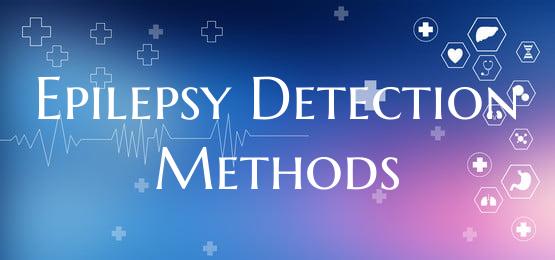
Epilepsy Detection Methods
Epilepsy is a neurological disorder characterized by recurrent seizures. Detecting epilepsy at an early stage is crucial for timely treatment and management of the condition. Various detection methods are available to help diagnose and monitor epilepsy in patients. Here are some common epilepsy detection methods:
1. Electroencephalogram (EEG): EEG is a widely used diagnostic tool for detecting epilepsy. It records the brain's electrical activity through electrodes placed on the scalp, capturing abnormal brain waves that indicate the presence of seizures.
2. MRI (Magnetic Resonance Imaging): MRI scans provide detailed images of the brain, helping doctors identify any structural abnormalities that may be causing epilepsy. It is particularly useful in detecting brain tumors, scar tissue, or other lesions that may trigger seizures.
3. Video EEG Monitoring: Video EEG monitoring combines continuous EEG recording with video surveillance to document seizure activity and behavior changes. This method helps healthcare providers correlate the electrical patterns in the brain with the physical manifestations of seizures.
4. Neuropsychological Testing: Neuropsychological assessments evaluate various cognitive functions, such as memory, attention, and language skills, which can be affected by epilepsy. These tests help clinicians understand the impact of seizures on a patient's cognitive abilities and guide treatment strategies.
5. Genetic Testing: Some forms of epilepsy have a genetic basis. Genetic testing can identify specific gene mutations associated with epilepsy, facilitating personalized treatment approaches and genetic counseling for families.
6. Seizure Diaries and Wearable Devices: Patients can keep seizure diaries to track the frequency, duration, and triggers of their seizures. Additionally, wearable devices like smartwatches equipped with seizure detection algorithms can alert caregivers or emergency services during a seizure episode.
7. Functional Imaging Techniques: Functional imaging techniques such as positron emission tomography (PET) and single-photon emission computed tomography (SPECT) provide insights into brain metabolism and blood flow patterns, helping locate regions of abnormal activity associated with epilepsy.
Early detection of epilepsy is vital for appropriate treatment planning and seizure control. The combination of these epilepsy detection methods, along with a thorough clinical evaluation, enables healthcare providers to accurately diagnose epilepsy, monitor disease progression, and tailor interventions to improve the quality of life for individuals living with epilepsy.